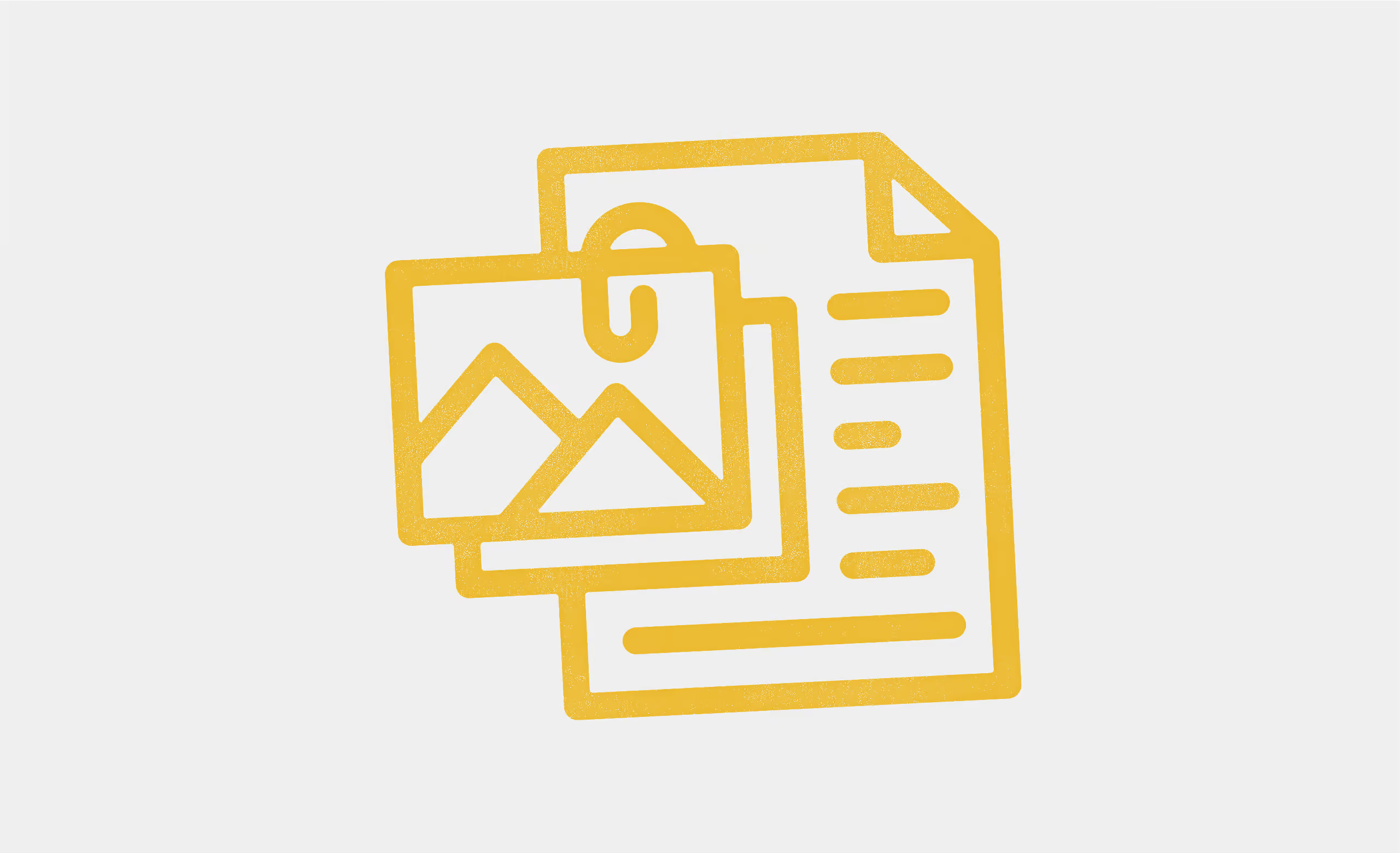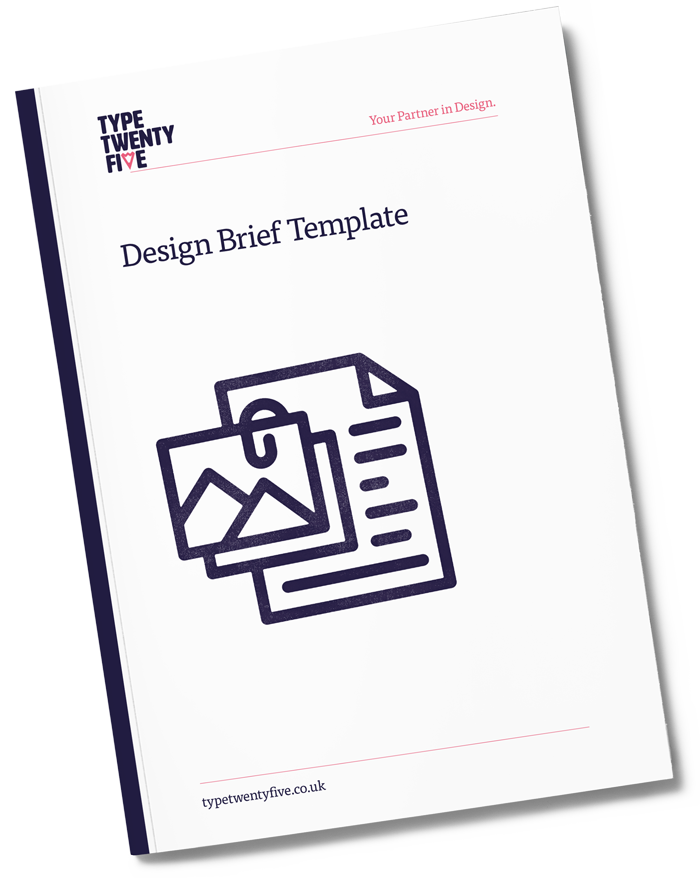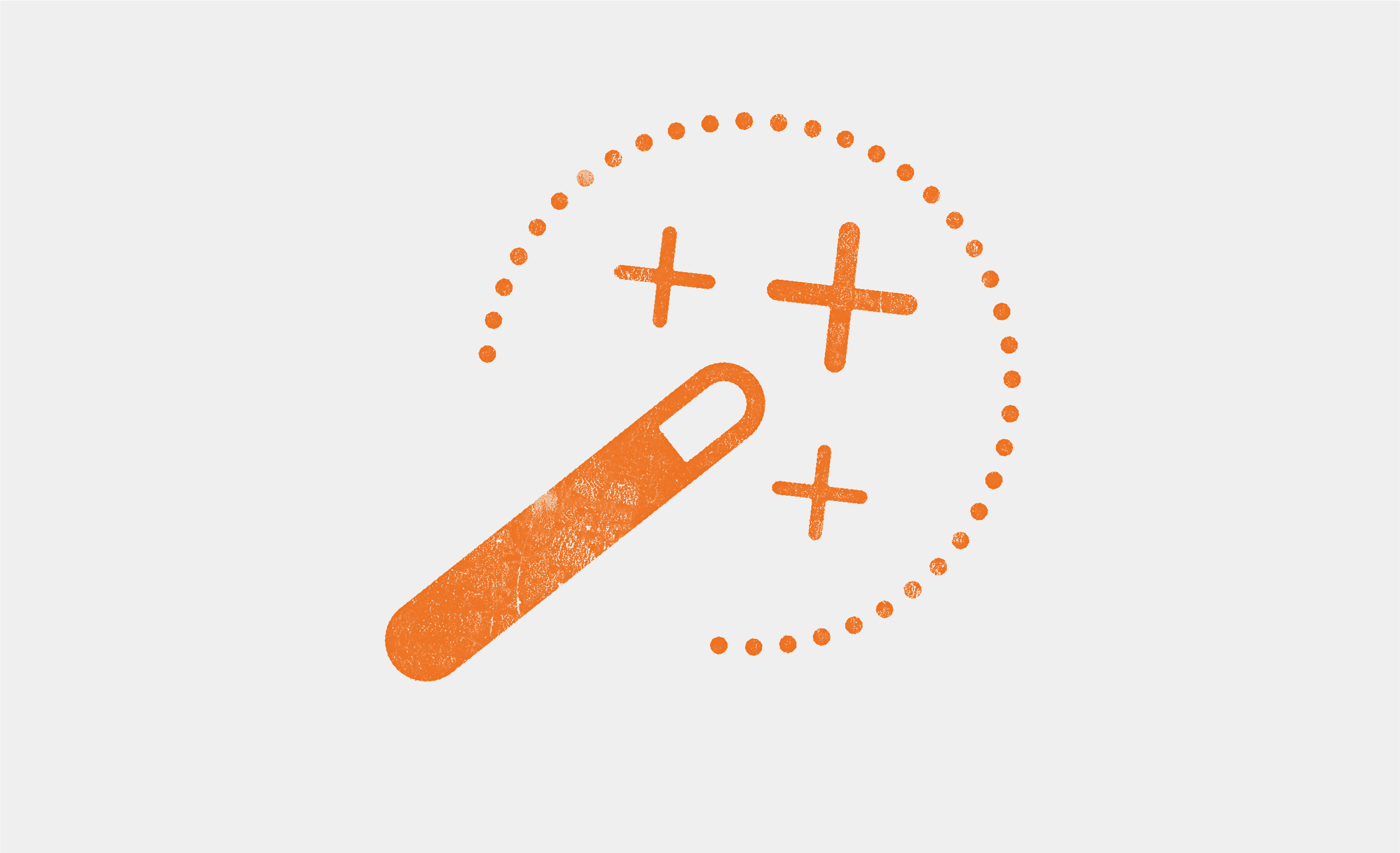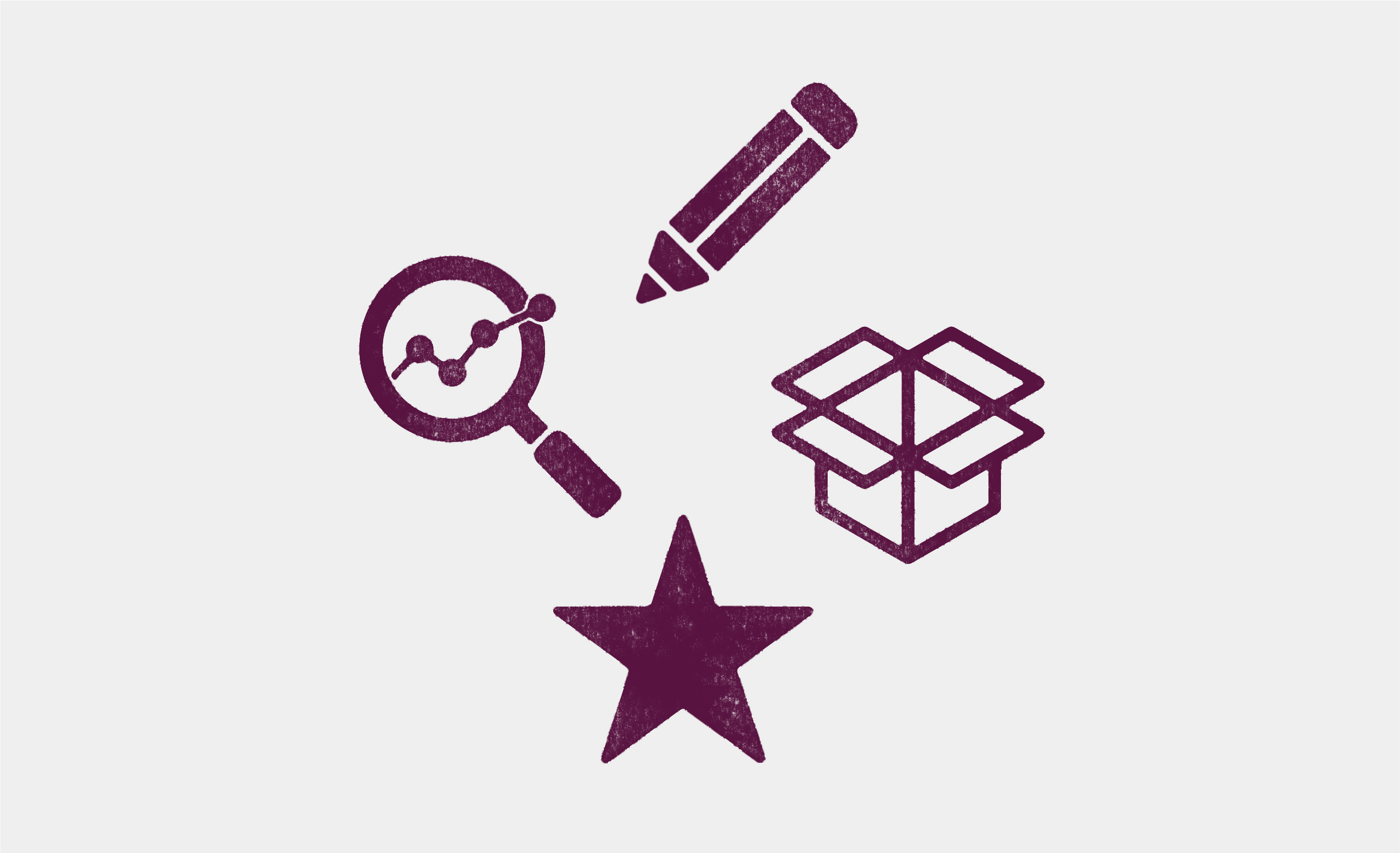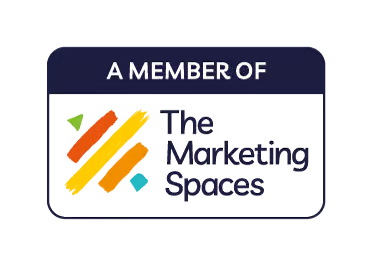A detailed design brief is a crucial step in the design process. It gives your project a focus, allows your graphic designer to quote accurately, and makes sure everything stays on track. Design projects that don’t follow a good briefing process often become vague, difficult to move forward and deliver unsatisfactory results.
If you are talking to more than one designer, it is also a great basis for comparing costs and proposals. You should be able to relate each proposal to the brief you have prepared to see how the designer has interpreted it, understand the additional questions they may have and get more detail on how they are pricing and planning your project.
And, even if you are used to briefing a designer, it may be a good idea to step back and think about how you are currently briefing. Often, the brief becomes looser over time, with assumptions made and details missing – this can seriously affect the quality of work you get in return. Sharpening up your briefing skills will help both you and your designer to stay focused.
For that reason, I always encourage clients to put together a strong brief, and I support them to do this. In fact, you can download my free design brief template, to help you get started.
Why do you need a design brief ?
A brief is a document that defines your design project. It effectively becomes the blueprint for your designer, making sure they are focusing on the things that matter most to your business.
It’s your opportunity to be absolutely clear about the purpose of your project, the outcome you want to see, and the elements you want the designer to use. It means you have something to reference when the design comes through, and it makes for much better collaboration between you, the designer and anyone else involved in the project.
If you don’t produce a design brief, there can be an impact on the success of your project :
- There will be a lot of guesswork about what you want, and it may be difficult for your designer to clarify your direction and outcomes.
- Your designer will ask you a lot more questions – taking up their time and yours – all of which could add to the cost
- Your designer may choose not to work on your project, because the brief isn’t clear.
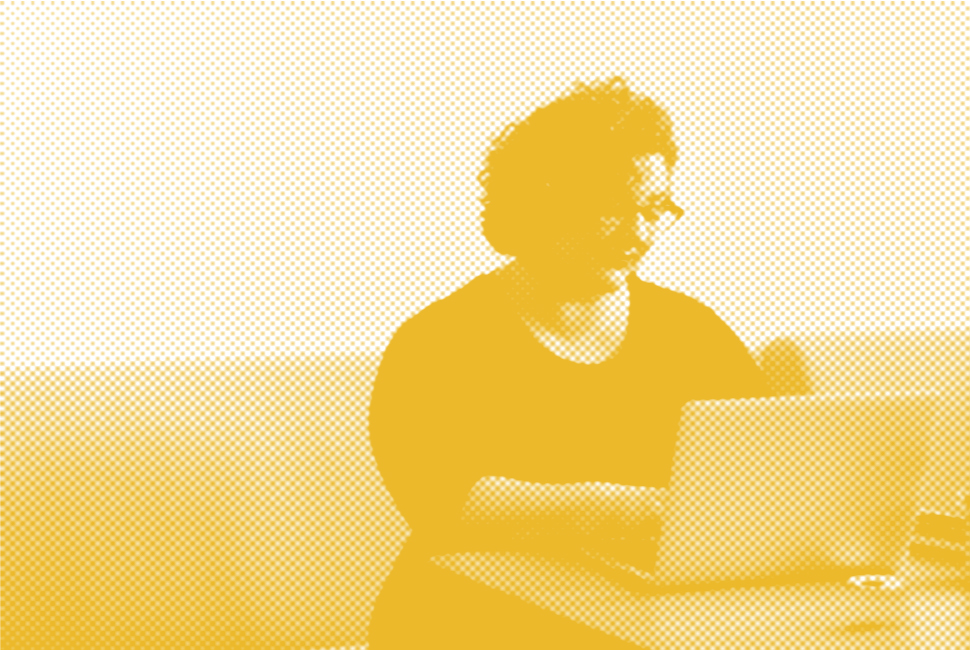
Who writes the brief ?
Depending on the project, a brief can be collaborative – between a marketing consultant and their client, for example – or written by a single person, such as an internal marketing manager.
If you’re a start-up business and you are managing your marketing yourself, the brief will need to come from you, but follow the advice in this article, and you’ll be able to put a perfectly good brief together.
What to include in a design brief
Many people put their design brief into a Word document, with relevant headings, or in a table format. You could also use an Excel spreadsheet or just put it into an email. Whatever you use, just make sure that you organise the information clearly – it might help to follow the guidelines below.
Project overview – what is the project ? Why do you need it ? What problem are you trying to solve, or what gap are you filling ? Where has the need come from – a new product or service ? A new marketing approach ? An update of existing materials ? The more I – or any other graphic designer – understands about what’s driving your need, the more focused we can be.
Project goals – be specific about your ideal outcomes for the project. Is it digital, print or both ? What kind of impression or impact do you want it to have ?
Your target customer – it’s always much easier for a graphic designer to start work when they understand who you’re talking to. For that reason, I always ask clients about their ideal customer – who they are, what problems your product or service solves, how they will use your product or service and how this piece of design fits into the other ways you market to them.
This is often referred to as a ‘customer persona’ – a way of gathering together everything you know about your customer so that you talk to them in a way they will be particularly receptive to.
Budget – what budget have you set for this project ? You may have a precise figure in mind, or a range you’re prepared to pay. It can be tricky to work out how much a graphic designer should cost, so the more you know about how your designer works, and the quality of outcome you’re likely to get, the more realistically you can budget.
Timescale – when do you need the project to be delivered ? If it’s a print project, have you build printing times into your brief ? When are your key milestones ? What time have you allocated to internal approvals or feedback ? Have you built any contingency time into the brief, to take account of things like holidays or unforeseen circumstances ?
Deliverables – this is where you specify the exact deliverables you are expecting, and in what format. For example, you might want a complete annual report, but also extracts of the key figures or reports in separate documents.
Whether you’re briefing on behalf of a client, or for your own business, it’s also worth having a chat with your designer. I often help my clients refine their brief to help them keep their costs down, or to make sure that the project is really going to hit the right spot.
What happens once you’ve created a brief ?
Your brief gives your graphic designer a clear, agreed framework for the project. This helps designers like me, because I can see exactly what I need to do. And it helps clients like you because you have a reference point to use when the designs come back to you.
And that’s a really good reason why the brief should always be updated during the project, if necessary, and always shared with anyone involved in the approvals process – just to make extra sure everything runs smoothly.
Ready to brief ?
Why not download your free graphic design brief template and get started ?
